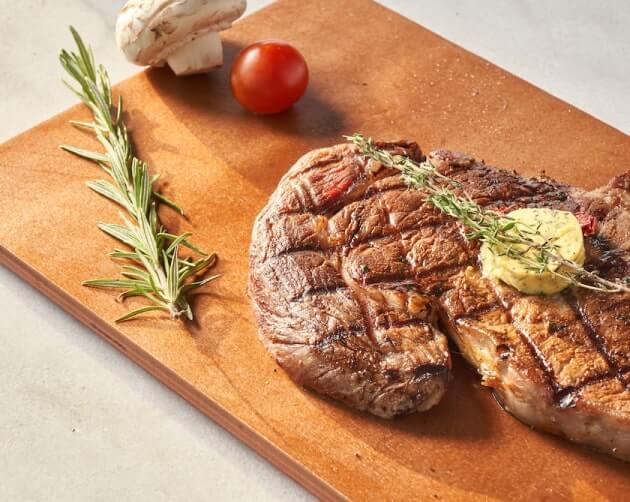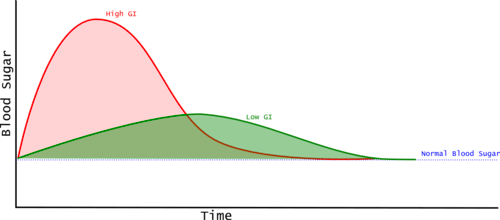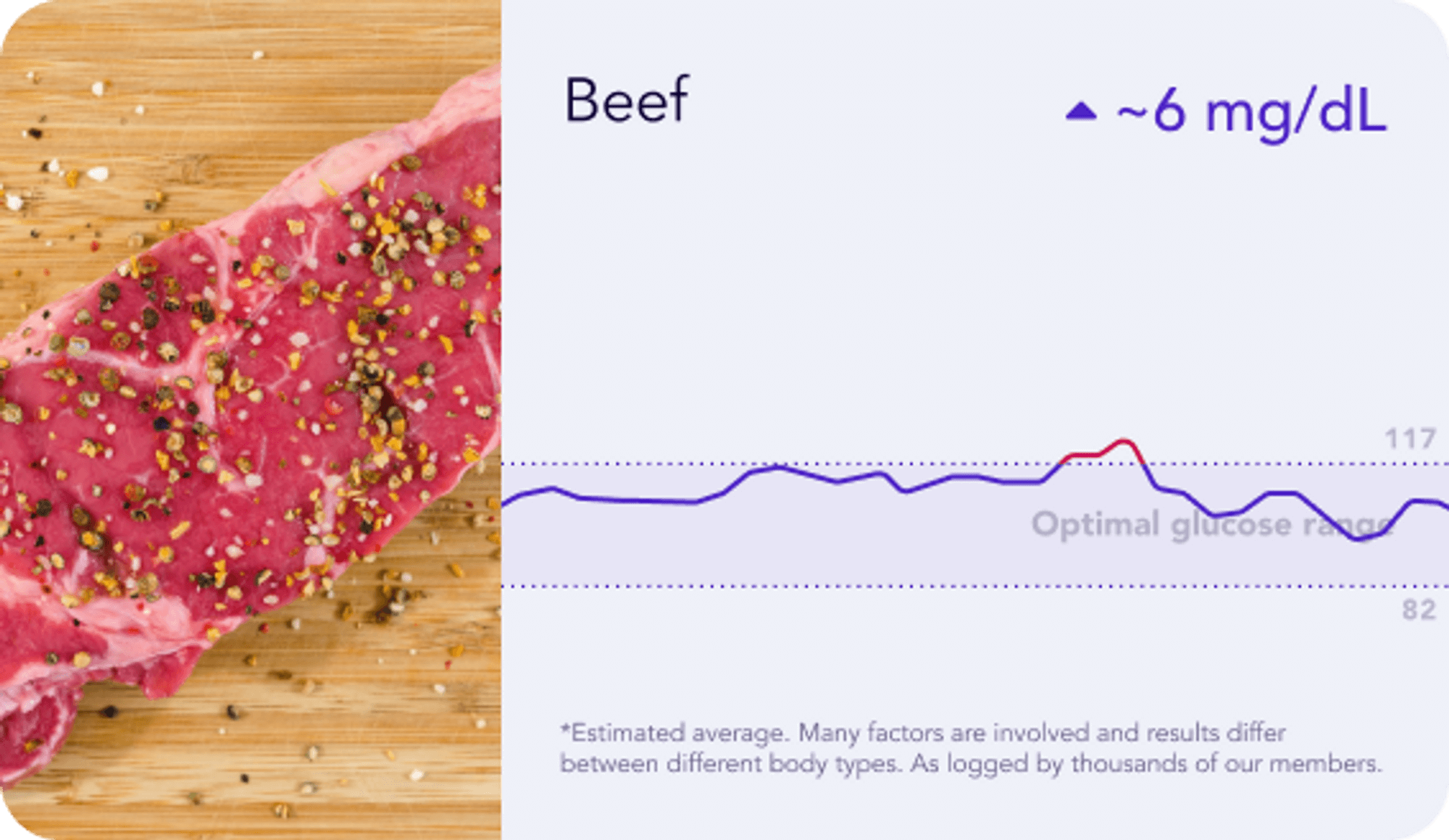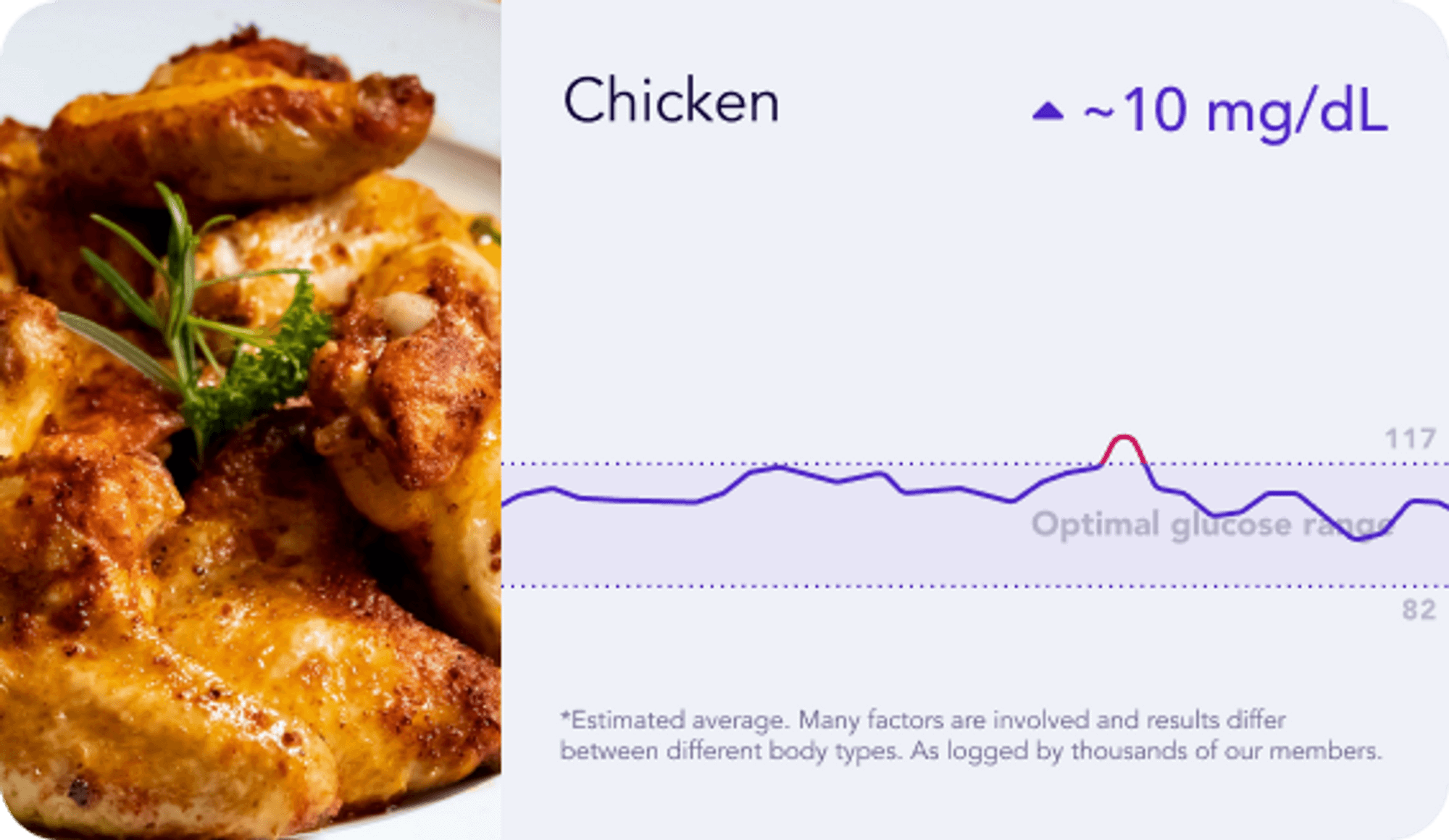Beef vs Chicken: Which Is Healthier?


Beef vs Chicken: Overview
How you incorporate protein in your diet can make a significant impact on your nutrition and overall health. Of all the macronutrients, protein is key to a healthy diet, especially if you’re aiming at weight loss. Protein keeps you satisfied and helps preserve muscle mass in your body.
In this article, we’ll cover everything you need to know about two of the most popular protein sources, sirloin beef and chicken breast. Here you will find a comparison between 100g of sirloin beef and 100g of chicken breast, including their consumption and nutritional factors, so you can make an informed decision.
Here is a summary of the primary distinctions between chicken and beef:
- Compared to beef, chicken is a better source of protein.
- As a result of its high-fat content, beef is a higher fat and higher calorie meat.
- Chicken has more vitamin A, vitamin E, vitamin K, vitamin B1, B3, and B5. However, beef is significantly higher in folate and vitamin B12.
- Both types of meat are mineral-rich, but contain different minerals: beef is high in iron, magnesium, potassium, and zinc, while chicken is high in magnesium, copper, and phosphorus.
According to research, both beef and chicken might have negative health implications. They may affect cardiovascular health, diabetes, and certain cancers. Still, given the nutritional load, it is reasonable to argue that chicken is the healthier option.

Discover how your body responds to what you eat, and make small changes to hit your health goals
View PlansKey Insights into Meat vs. Poultry Consumption
Meat is one of the most widely consumed foods globally, and its production and consumption are increasing year by year (1). Until a few years ago, of all the types of meat on the market, pork held the lead in terms of consumption. But today the latter has given way to poultry, such as chicken, which has become the most consumed meat globally.
It is followed by pork, beef, veal, sheep and goat meat, the last two being the least consumed globally (2). Within the last 50 years, beef production has almost halved while poultry meat production has almost tripled (3).
Poultry production and consumption have been growing steadily, and poultry is expected to remain the leading contributor to the increase in global meat consumption for decades to come (4). The dramatic change in meat consumption can be attributed to a wide range of factors, one of which is that poultry is easier to raise because it requires less feed, thus being cheaper to produce. It is no accident that poultry meat consumption and production are higher in low-income countries.
In addition to this factor, it should be considered that beef production has a greater impact on the environment, being a major contributor to greenhouse gas emissions.
Chicken vs. Beef Cuts
In the case of both beef and chicken, different cuts of meat can be obtained.
In the case of chicken, the most common cuts are the breast, which constitutes the meatiest part of the chicken, the legs and drumsticks, and the wings. Each of these cuts can be subject to variations that make chicken a versatile meat that lends itself to all kinds of consumption and cooking methods. In addition to the cuts mentioned above, the innards of the chicken can also be consumed. These include necks, livers, and giblets. (5)
Like chicken, beef can be of different cuts, including shank and brisket, ribeye, tenderloin and sirloin, shoulder, flat type, flank, and round (6). The various cuts have peculiar characteristics, such as the amount of fat present, so both consumption and method of preparation change depending on the cut type.
Chicken vs Beef Bone Broth
Bone broth is a liquid made by boiling the bones and connective tissue of some animals. The most commonly used ingredients for its preparation are pork, beef, veal, and poultry (especially chicken). Its most common uses include soups, sauces, and gravies, but it can also be consumed as-is.
Although its nutritional content depends on the ingredients used, it can be considered an extremely healthy food rich in nutrients and benefits, including:
- High nutritional intake
- Improved digestion
- Anti-inflammatory effects
- Improvement of bones and connective tissue
- Improved cognitive function
Which is Better: Chicken or Beef Broth?
Actually, there is no best or worst between the two. Their nutritional intake varies according to the nutrients in the ingredients. Beef, in general, takes longer to prepare, has thicker bones, and is slightly heavier to digest because of the higher fat content. Chicken broth, on the other hand, is easier both to prepare and to digest.
Nutritionally, the nutrients that the two types of broth provide do not vary much from those provided by their meats. Chicken bone broth has a higher protein content, while beef broth has a higher mineral content. The amount of sodium varies greatly depending on the method of preparation.
Can I Use Chicken Broth Instead of Beef Broth?
If you are wondering if you can use chicken broth instead of beef broth, the answer is yes. The only difference when cooking lies in the amount of and type of flavor. Chicken broth is more delicate in taste than beef broth, so when using chicken broth for a beef recipe, expect a slightly different flavor than if you had used beef broth.
Chicken vs Beef: Nutrition
You might still be wondering which one is better to incorporate in your diet: Beef or chicken? In this section, we will compare the nutritional content of both, plus their contribution of vitamins and minerals.
By and large, chicken is a greater source of protein than beef, which is, on the other hand, a high-fat and consequently higher-calorie meat. This makes chicken a good option for people who need more control over caloric intake and fat consumption. In fact, chicken contains less than half the saturated and trans fats and monounsaturated fats found in beef. In contrast, it does not contain polyunsaturated fats, which are beneficial to health.
Like most types of meat, both chicken and beef are not a source of carbohydrates and have, in addition, a low glycemic index, which makes them a versatile food, yet still to be consumed with caution for blood sugar control. Chicken, compared to beef, has a significantly higher concentration of cholesterol, sodium, and potassium.
Glycemic Index of Chicken vs Beef
As is the case with most meats, the glycemic index of both chicken and beef is 0.

Beef Optimal Glucose Range

Chicken Optimal Glucose Range

Vitamins
It can be said, in general, that chicken meat, of the two, is the one richest in vitamins. Chicken meat, in fact, contains a higher amount of vitamin A, vitamin E, vitamin K, vitamin B1, B3 and B5. Beef, by contrast, is much richer in folate and vitamin B12.
Both chicken and meat provide equal amounts of vitamin B2 and vitamin D, and contain no vitamin C.
Minerals
Unlike in the case of vitamins, in terms of mineral intake, it is beef that holds the first place.
Beef is significantly richer in calcium, copper, and potassium, and has higher amounts of iron and zinc. This does not detract, however, from the fact that chicken is also a good source of minerals. Chicken contains more minerals such as magnesium and phosphorus than beef. Both types of meat are very similar in terms of sodium intake, with chicken having a few grams more than beef.

Discover how your body responds to what you eat, and make small changes to hit your health goals
View PlansReferences
Frequently Asked Questions
If you have any questions left, please keep reading! Below, we answer frequently asked questions regarding the differences between chicken and beef in terms of healthiness level and nutrient intake:
Which has more protein: chicken or beef?
You might have wondered how much protein is in chicken. A skinless cooked chicken breast contains around 43g of protein per 100g of chicken, while the protein content of lean cooked beef is about 26g of protein per 100g of beef making chicken higher in protein compared to beef.
This makes chicken a good protein source for people on hypocaloric diets and a valuable option for weight loss.
Which has more cholesterol: chicken or beef?
Although the amount of cholesterol contained in meat cuts varies widely depending on the cut, generally speaking, chicken contains a considerably higher amount of it.
Cholesterol is important in itself because it contributes to the construction of cells and is naturally produced by our bodies.
High levels of cholesterol, however, can lead to the formation of clots that clog and narrow the arteries, and thus lead to heart attacks or strokes.
Which has more iron: chicken or beef?
Beef contains almost double of the iron found in chicken, making this type of meat beneficial for the immune system, cognitive functions and brain development.
Why can you eat raw beef but not raw chicken?
Unlike other types of meat, chicken cannot be eaten raw because bacteria and germs can easily survive the cooking process. The intestines of chickens contain salmonella, a very dangerous bacteria that can easily contaminate the rest of the bird and remain there until it is sold because of the way the meat is processed.
As for beef, it depends. In most cases, beef can be eaten raw, as long as you blanch its surface to avoid possible bacterial contamination.
Which is healthier: chicken or beef?
Both types of meat have nutrients that the body can arguably benefit from and need. Both are acceptable when included in a wholesome, well-balanced diet.
Yet compared to these, chicken has more vitamins and minerals and is a better source of protein. It is also much leaner since it has less fat than the other two types of meat. As a result, we can conclude that chicken meat is the healthier option.

